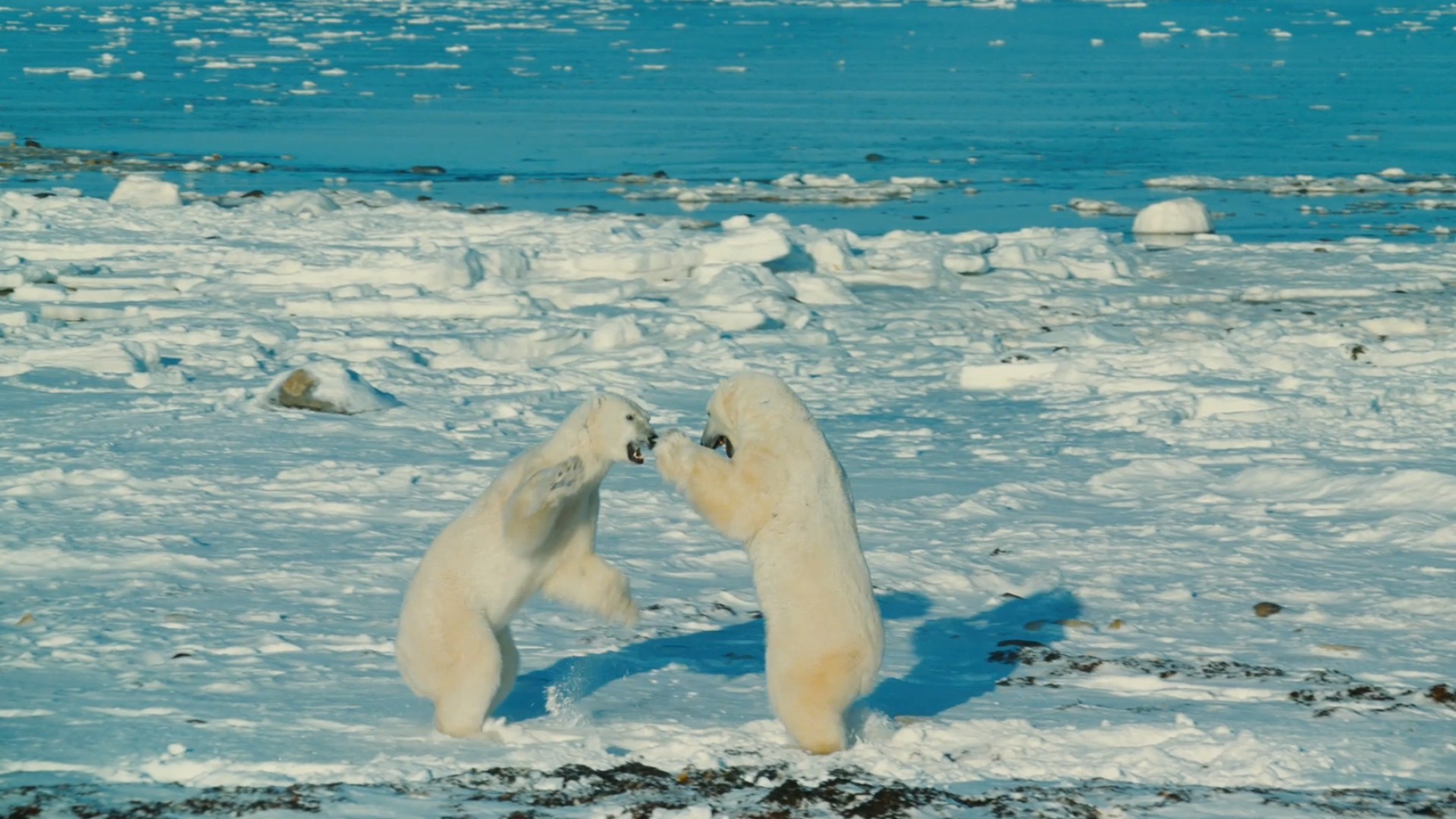


Bears did not display different movement modes related to nest density, but became less selective in their choice of clutches to consume.

As the season progressed, bears visited fewer nests overall, but marginally increased their visitation to nests that were already empty. Using aerial-drones, we recorded multiple foraging bouts over 11 days, and found that as clutches were depleted to completion, bears did not exhibit foraging behaviours matched to resource density. We investigated polar bears' foraging performance on common eider ( Somateria mollissima) eggs on Mitivik Island, Nunavut, Canada to test whether bear decision-making heuristics are consistent with expectations of optimal foraging theory. Given that polar bears have evolved to hunt seals on ice, they may not be efficient predators of seabird eggs. As a result, there have been increased reports of polar bears foraging on seabird eggs across parts of their range. Climate-mediated sea-ice loss is disrupting the foraging ecology of polar bears ( Ursus maritimus) across much of their range.


 0 kommentar(er)
0 kommentar(er)
